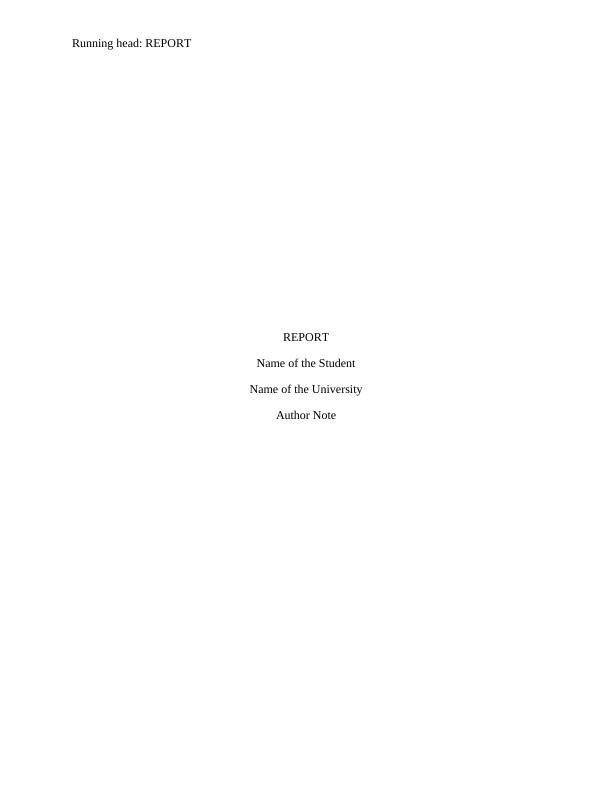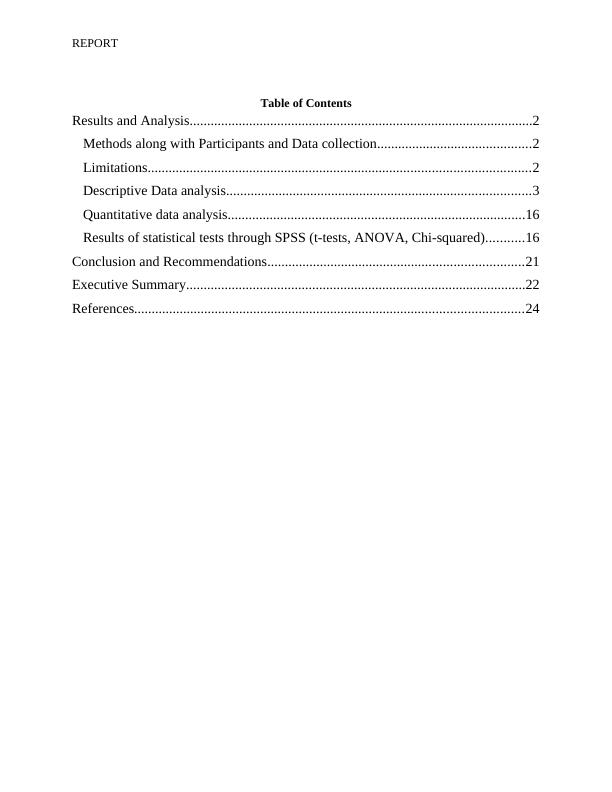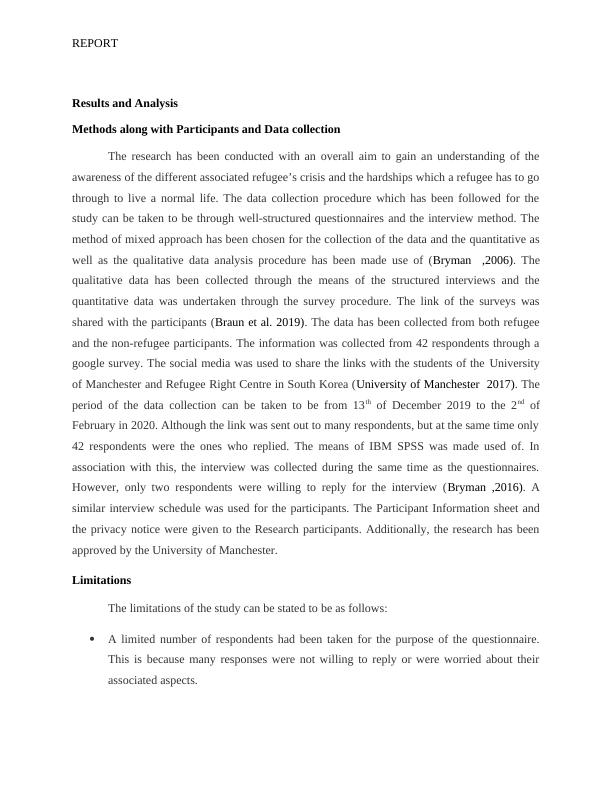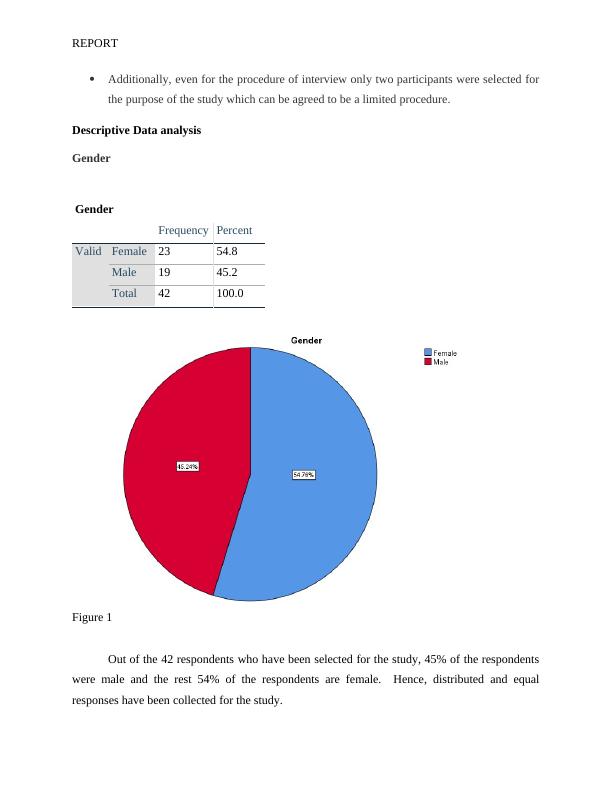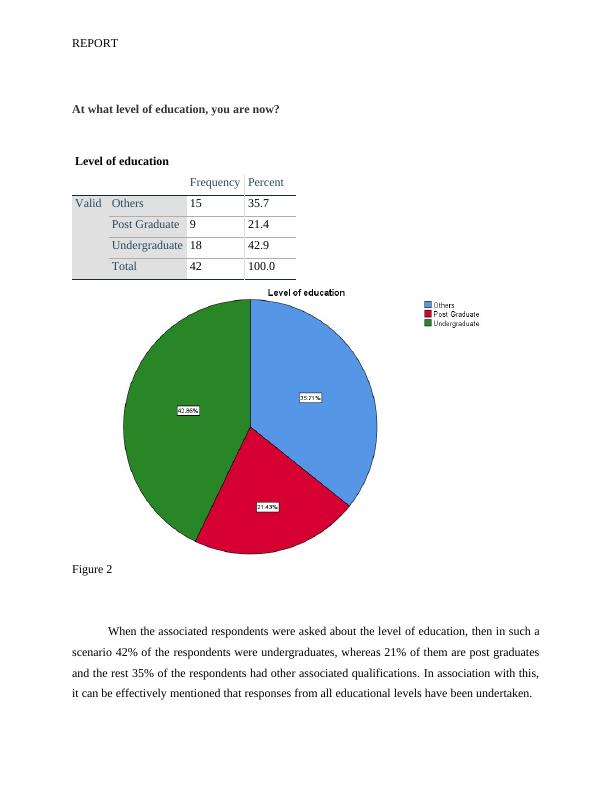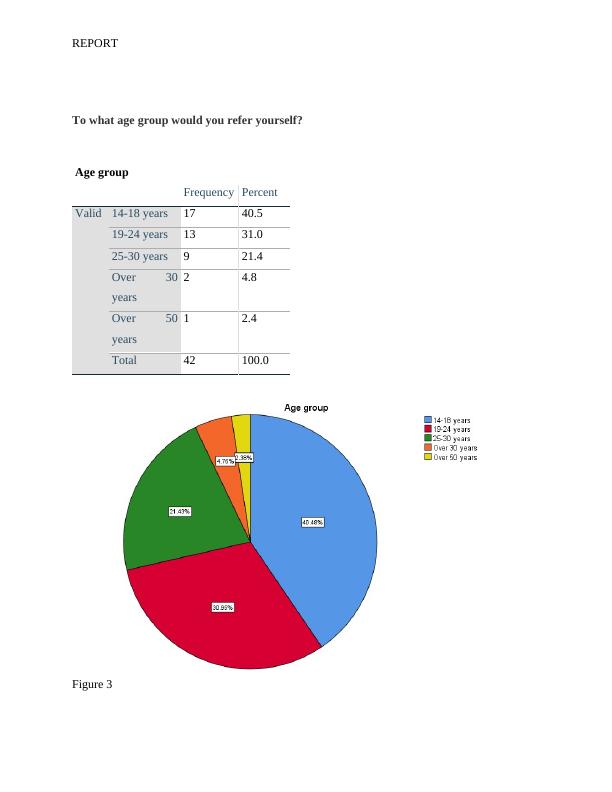Integrating Quantitative and Qualitative Approaches
A research conducted to understand how students of the University of Manchester consume water and to what extent they are aware of the environmental impact.
26 Pages3747 Words19 Views
Added on 2022-09-02
Integrating Quantitative and Qualitative Approaches
A research conducted to understand how students of the University of Manchester consume water and to what extent they are aware of the environmental impact.
Added on 2022-09-02
ShareRelated Documents
End of preview
Want to access all the pages? Upload your documents or become a member.
Nursing Assignment: Leadership Behaviours of Senior Charge Nurses
|7
|817
|105
Qualitative and Quantitative Study on Medication Safety
|5
|1186
|340
Impact of Employee Turnover in Automobile Industry.
|12
|2028
|18
Ethics and Official Statistics
|4
|769
|432
Impact of Brand Personality on Buying Decision
|9
|826
|34
Website Users and Internal Reliability of Responses (Doc)
|20
|3690
|104

